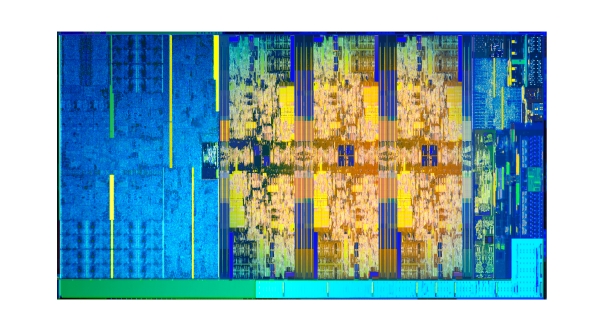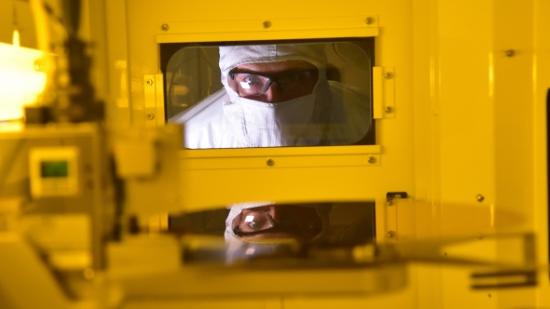Intel’s CEO, Brian Krzanich, has tried to remain bullish in the face of having to announce yet another delay to the volume production of their 10nm products, and the fact they’re spinning out yet more 14nm chips. So bullish in fact, it looks like he’s calling out the AMD Ryzen 2 CPUs being marketed as 12nm products.
A good chip needs a good chiller, so check out our pick of the best liquid coolers.
So yeah, Intel have knocked back the beleaguered 10nm production process so that it will only shift into volume production sometime in 2019. And that could mean December 31st for all we know, as Krzanich admitted he couldn’t say whether it would be in the first or second half of 2019.
But when he was asked, on the recentIntel earnings call,whether this meant their production process leadership was dwindling,he responded rather strongly.
“So let me start with we absolutely have product and process leadership,” he says. “We’re shipping 10nm products today. So I did want to make sure that that was very clear to you, and those are the densest, highest performing products out there.”
I mean, try and find those 10nm CPUs and you get a gold star for effort, because we’ve tried to no avail. But it’s the continued performance of the 14nm process which has given Intel the leeway to keep plugging away at the broken 10nm node.

“We believe it continues to have legs,” he says, “that we can continue to make improvements, both within that process technology and architecturally. That’s really giving us the breathing room to go and make these yield improvements.”
Reiterating his earlier claims that all the ticks and pluses added on to the 14nm process have delivered a 70% performance boost compared with the first 14nm Broadwell chips, Krzanich claims anyone else would have taken that extra performance as an opportunity to rename the node.
“We believe that if you take a look at others during this timeframe,” he says, “if you looked at anybody else and said 70% improvement on a technology node, they may rename those nodes as we go through this. And we have always chosen to be really transparent and clean and just say it’s improvements on the existing technology rather than renaming.”

I’m sure Intel will deny it until their blue in the face, but that looks a lot like a thinly veiled reference to AMD’s new Ryzen 2 processors being referred to as using a 12nm node despite them essentially being exactly the same as the 14nm design. AMD themselves have explained the 12nm design is “not an area statement, it’s a power efficiency statement,” and when delidding his Ryzen 2 chips De8auer found that there was zero difference in the size of the CPU compared with first-gen Ryzen.
Though the naming is not down to AMD, it’s down to GlobalFoundries who created the 12nm FinFET design AMD have used for the Ryzen 7 2700X and Ryzen 5 2600X. But GlobalFoundries are claiming density improvements over their own 14nm process, so it’s possible there really are 12nm transistors in there.
But node measurements are pretty hazy at the best of times. While it used to be measured by the drawn gate length of a volume production chip it’s now a bit more ephemeral, and Intel aren’t exactly pure as the driven snow in this either.
Intel’s own 22nm node had a gate length of 27nm, while TSMC’s 16nm process has a gate length of 20nm, and GlobalFoundries 14nm process has the same 20nm gate length. As a report in Electronics Weekly states, it’s now pretty normal for chips not to contain any features which directly relate to the number used to market the production process.
Fun times.
